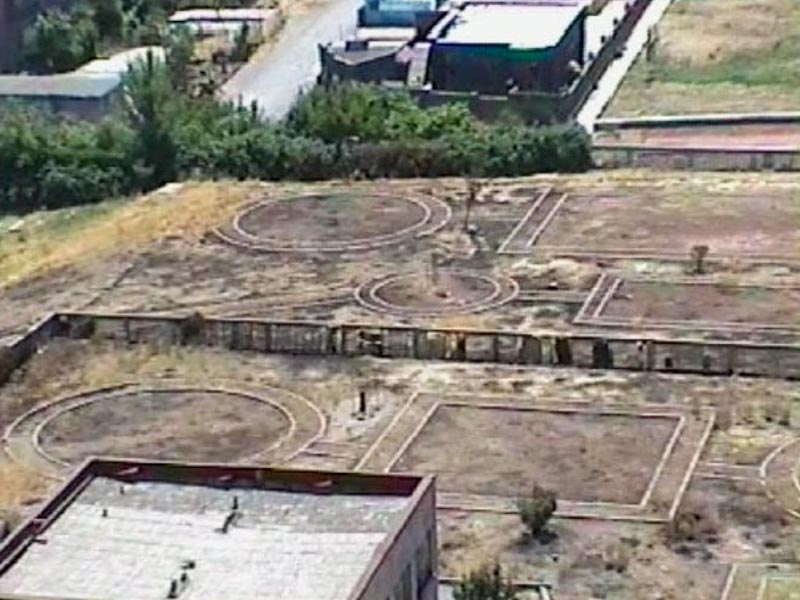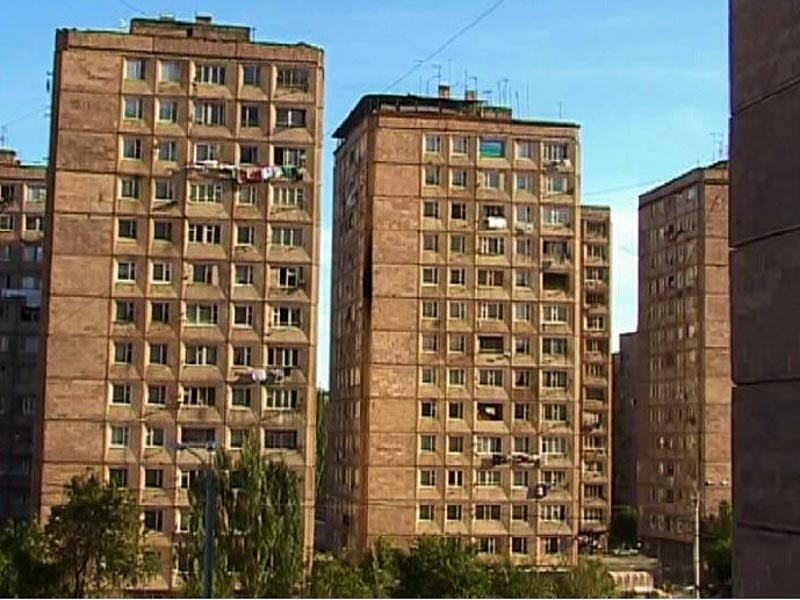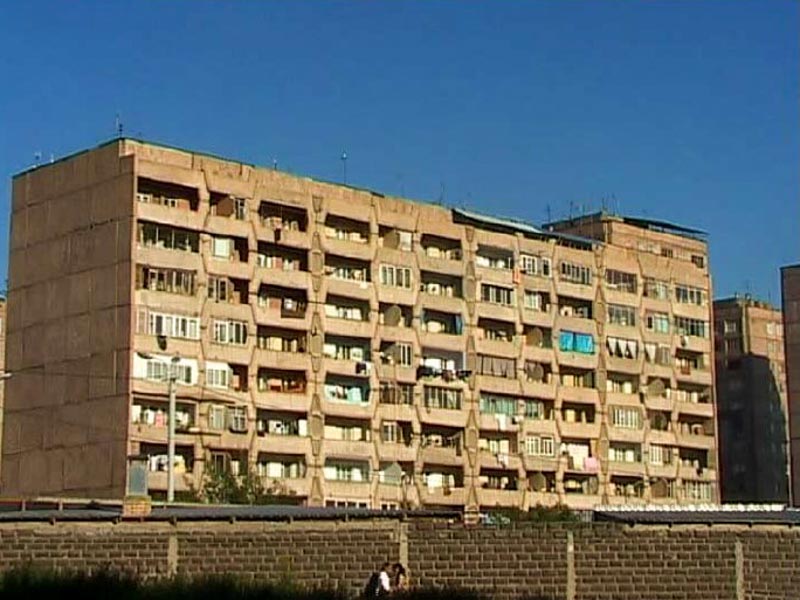“Bangladesh” hi8 video, 8 min, 2003
Beyond Yerevan's bustling center, lies a curious urban micro-districts (микрорайон) officially named first as “South-west district” in the 80ies and “Malatia-Sebastia” after the 90ies, but locally known as "Bangladesh." The nickname "Bangladesh" was given to this area because it is far from the center of Yerevan, and getting there is inconvenient. The nickname comes around the time when Bangladesh became an independent state, and most probably appeared in the soviet news frequently.
A hi8 video, titled "Bangladesh", takes us on a visual journey through this labyrinthine landscape: built in the 1980s in the times of Soviet modernism. The eight-minute exploration, captured in 2003, unveils not just the stark geometry of identical buildings, but the complex story etched onto their weathered facades. The camera reveals the chilling sterility of the architectural grid. Repeating forms stretch towards the horizon, their monumentality tinged with a sense of oppressive uniformity. The video lingers on the interventions of those who have made this concrete jungle their home. It shows the ability to carve out pockets of individuality within the confines of prefabricated dreams.
Here, the grand experiment of modernist housing confronts the lived experience of its inhabitants. The video whispers of failed utopias, where the promise of social progress collides with the harsh realities of isolation and detachment. It also tells of Soviet ambitions, where concrete became a symbol of progress, it is a historical document of the Soviet residential areas, particularly the micro-districts, which were crucial in addressing the housing crisis, promoting urban planning experiments, fostering just and fair community living, providing access to public services, and supporting mutual help. These areas left a lasting impact on the urban landscape and the lives of millions of people in the Soviet Union.
In its minimalist aesthetic and deliberate pacing, "Bangladesh" resonates with a profound melancholic beauty. It speaks not just of a physical space, but of the human condition within it. It invites us to engage with the complexities of architectural ambition, social realities, and the enduring resilience of the human spirit. Through the lens of "Bangladesh", we discover a story not just of concrete and steel, but of the dreams, and struggles that breathe life into the heart of this urban island.


